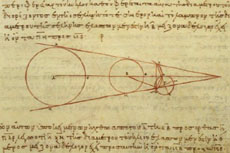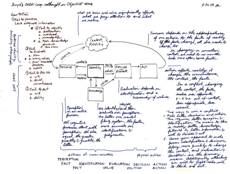Blog
2013-05-12
Montessori Madness
Watch this quick video for a quick overview of the motivating and energizing power of Montessori. (read more)
2012-12-31
John Boyd
John Boyd, widely regarded as among the most influential of modern military thinkers, developed a theory of effective action in dynamic situations. Called by Boyd the "OODA Loop" it consists of four steps
- Observe -- Using your senses, pay attention to current reality.
- Orient -- Conceptualize, determining the identity and significance of the entities and actions you observed.
- Decide -- Choose what you will do.
- Act -- Take action.
The loop is run in an iterative process to stay in context with reality, no matter how rapidly a context is changing, adjusting the speed of iteration to the dynamism of the context, so that one is alsways conceptualizing, deciding, and acting on the basis of reality.
2012-12-29
Antifragile
2011-10-08
New Books in Thinking Skills, October 2011
New Books in Investing, October 2011
Links
- BlogArchiveIndex – Compact index of all the StrongBrains blog posts
copyright © 2024 Andrew Layman, all rights reserved, 1/15/2024 6:12:40 PM, Topic: Blog, http://www.strongbrains.com

Victorious Athlete

Aristarchus's (310 BC to 230 BC) diagram, On the Distances and Sizes of the Sun and Moon in which he shows that the sun is at least between 18 and 20 times the distance of the moon.

Galileo Galilei's drawings of the phases of the moon, as observed through one of his telescopes, 1610.

Pocahantas, from painting by Wm. Sheppard



